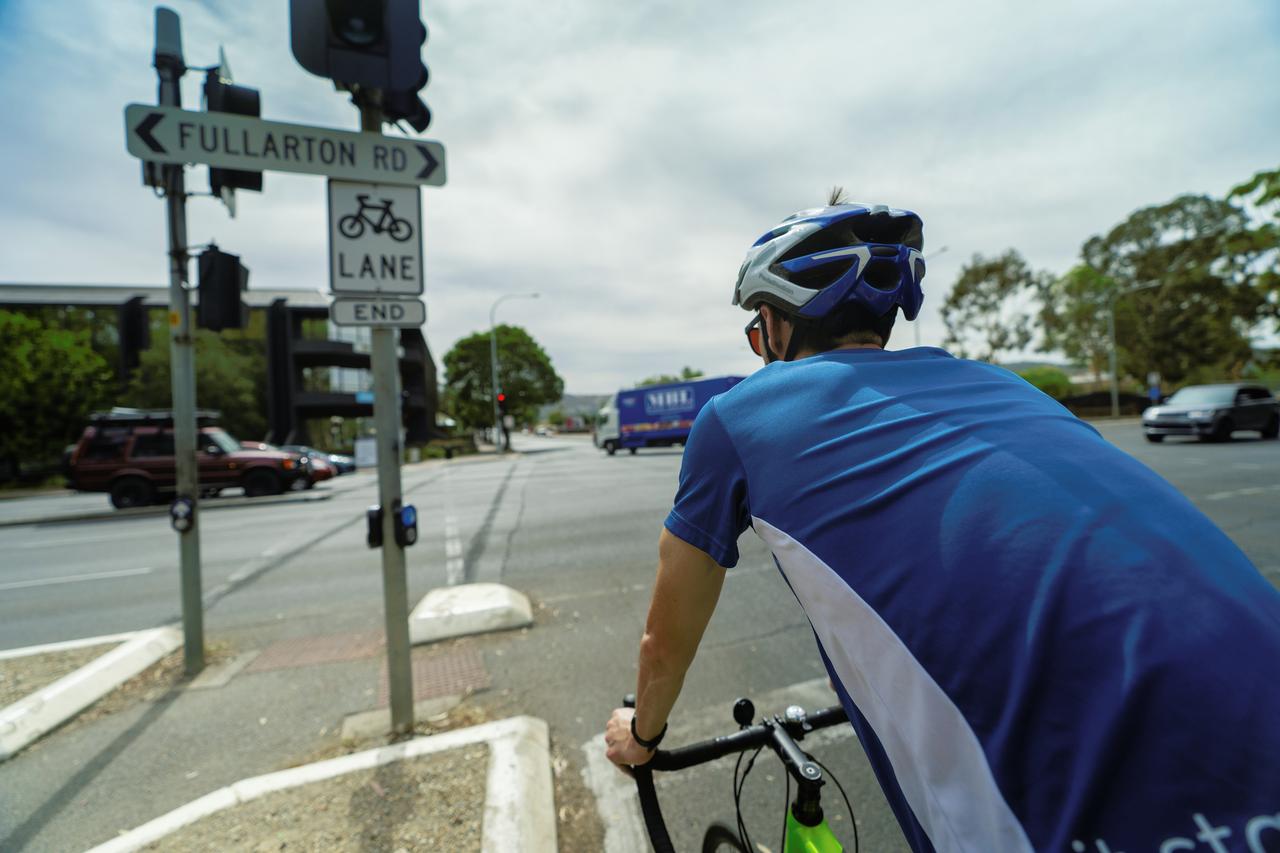
 visit raa.com.au
visit raa.com.au
Daylight saving time comes to an end this Sunday – with RAA warning the risk of pedestrian crashes increase as days get shorter.
Six pedestrians have already lost their lives on SA roads this year – compared with just one at the same time in 2024.
Crash statistics analysed by RAA reveal an alarming 24% jump in casualty crashes involving pedestrians (where someone is injured or killed) in autumn and winter when compared with the rest of the year.
In autumn and winter, crashes involving pedestrians also spike by a 117% during the hours of 6-7am and 6-7pm. These hours will be darker than what motorists have been used to over the summer period – and while they’re just outside typical peak times, it will still be relatively busy on our roads.
The number of right turns at traffic lights that result in casualties also increase by 141% in autumn and winter.
Mr Mountain is urging motorists to take extra care on our roads, especially now that days are getting shorter.
“Drivers should be aware that casualty crashes involving pedestrians significantly increase in months when the hours of daylight reduce as we move towards winter,” Mr Mountain said.
“In darker conditions, drivers need to take extra care on our roads and look out for pedestrians on or near the road, particularly when turning or leaving a property.
“It is important to ensure your headlights and taillights are working and turned on to warn other road users of your presence on the road during dawn and dusk.”
Last year SA Police caught 6,349 drivers in the dark or in hazardous weather without effective headlights – the highest number recorded in the past decade.
In 2024 police also caught 4,619 cyclists riding without appropriate lights at night or a rear reflector.

“With the clocks going back an hour on Sunday and the hours of daylight reducing, a lot more driving and commuting will be happening in conditions with lower visibility,” Mr Mountain said.
“Failure to light up in these dark or hazardous conditions risks a fine (incl. VOC levy) of $393 for drivers and one demerit point, while cyclists can receive a $170 fine.
“Ensure you’re driving at a speed which allows you to safely stop to avoid a hazard and keep your headlights on.
“Cyclists also need to make sure their bike has a red, rear reflector attached at all times.
“When riding in conditions of low visibility including rain, cyclists will also need a working white light on the front and a red light on the back. Wearing a fluorescent safety vest is also good idea to ensure you are seen by other road users and pedestrians.
“Pedestrians also need to be mindful of their own safety and only cross the road when it’s safe to do so
“Use designated crossings where available, even if it means walking a few extra metres, and try to make eye contact with drivers – don’t just assume they have seen you.
“Avoid crossing between stationary traffic as lanes can move at different times.
“When crossing the road, focus on your surroundings – that means looking up from the phone until you’ve safely got to the other side.”
For more on RAA’s road safety initiatives visit raa.com.au/roadsafety